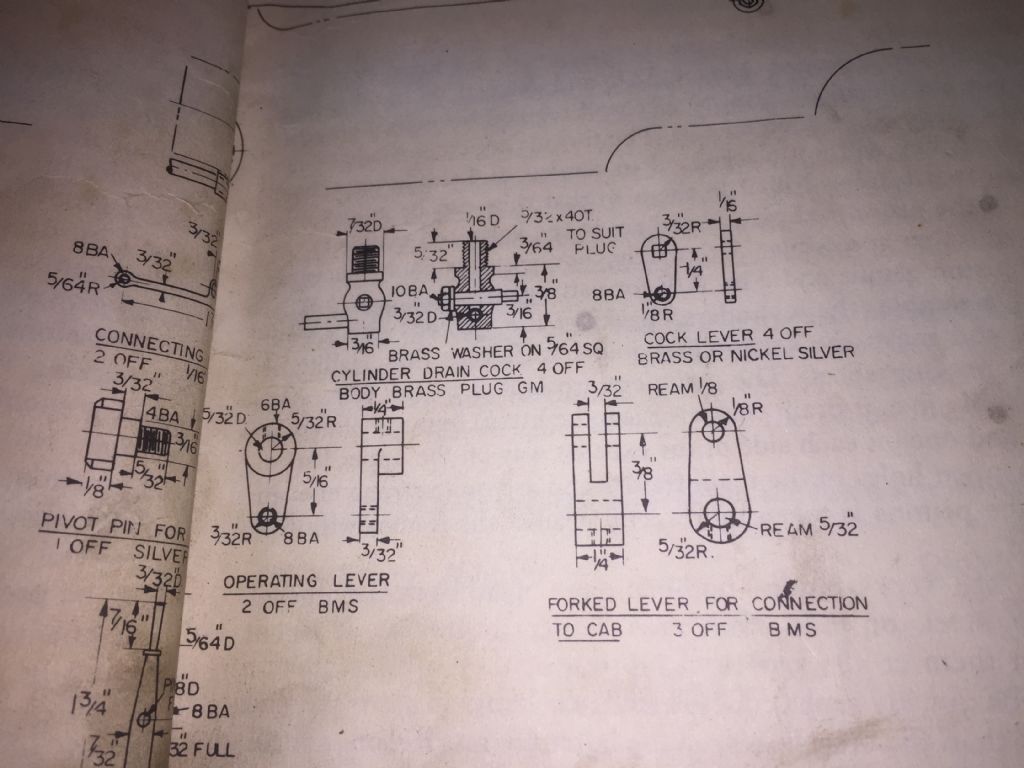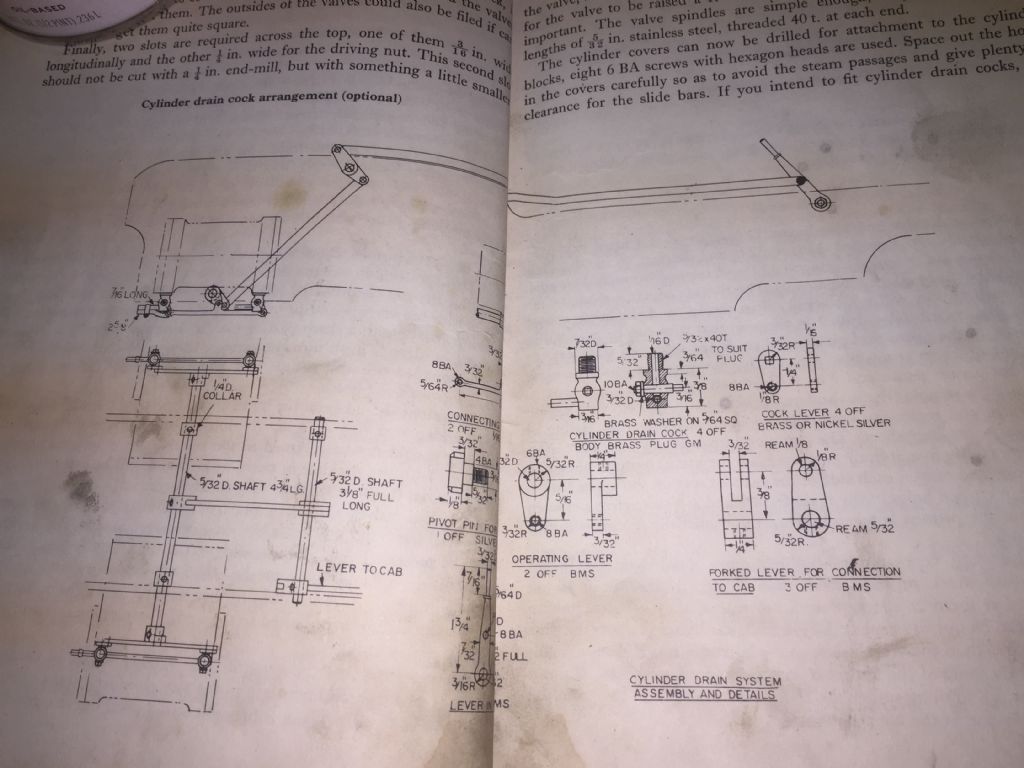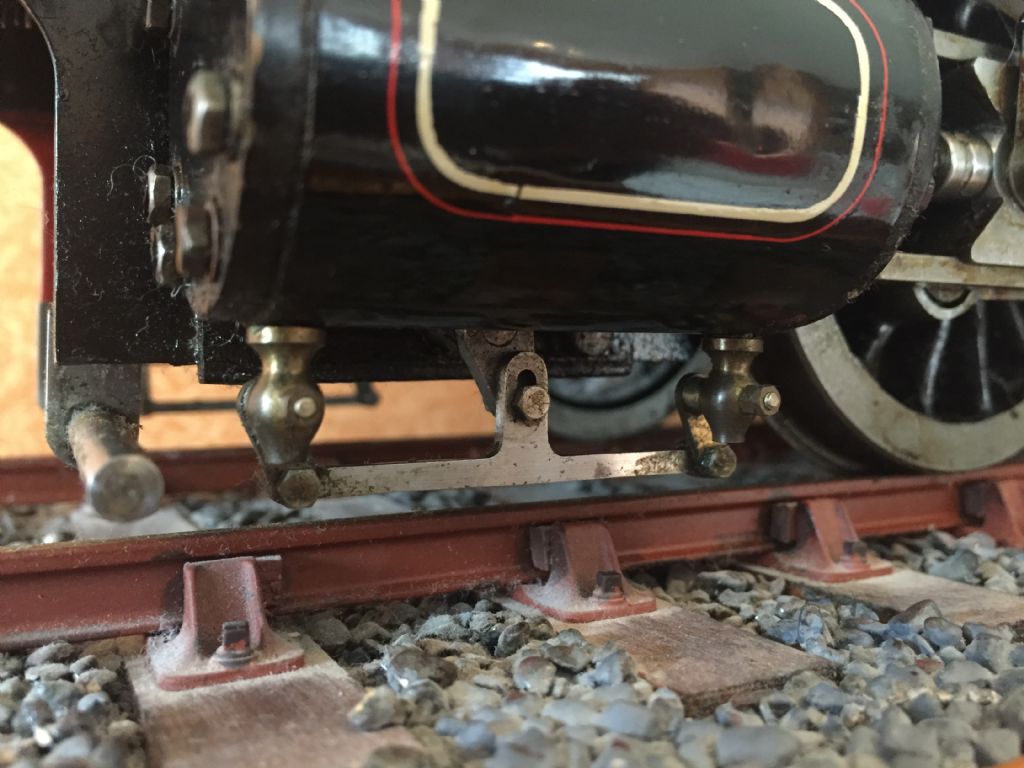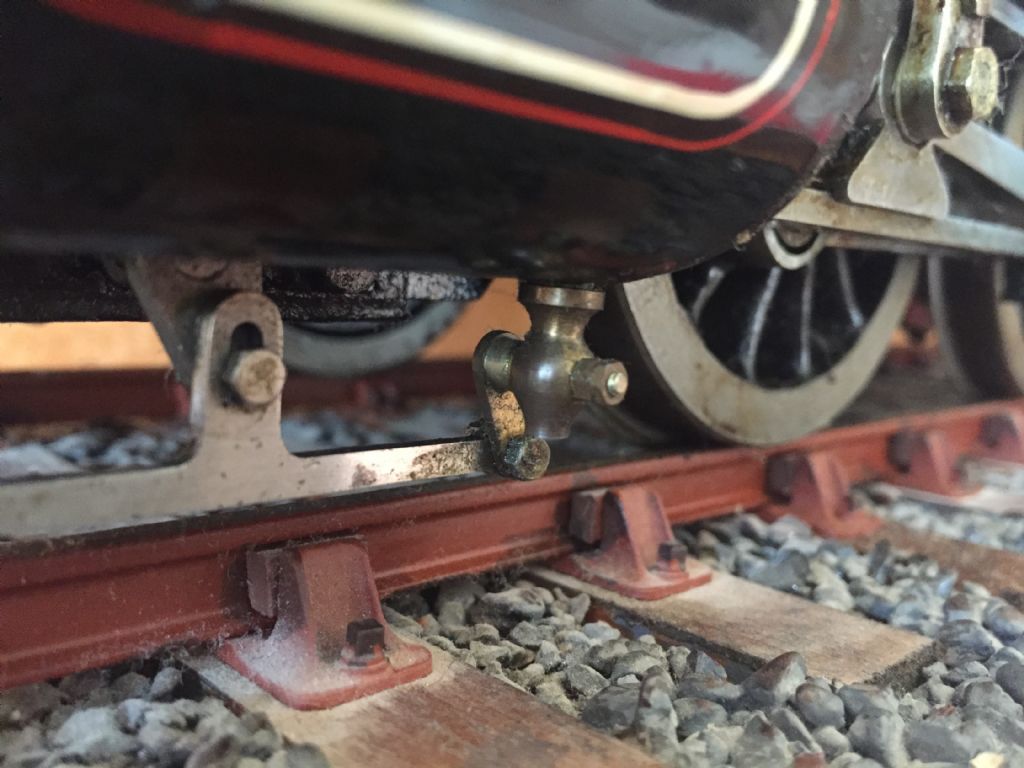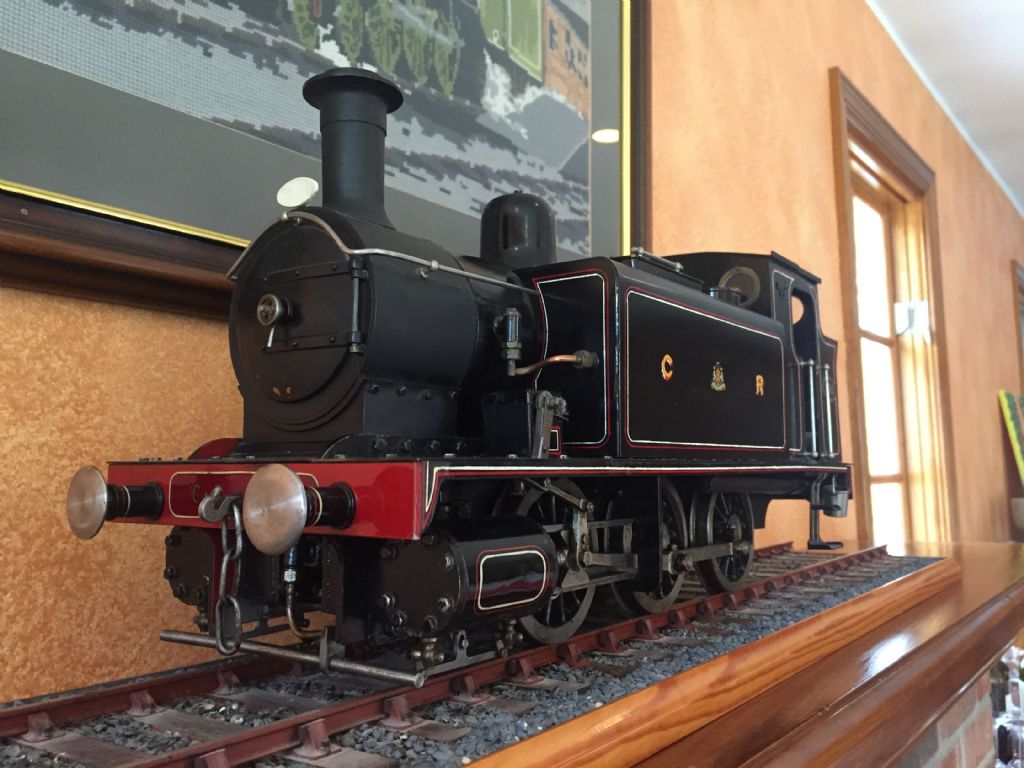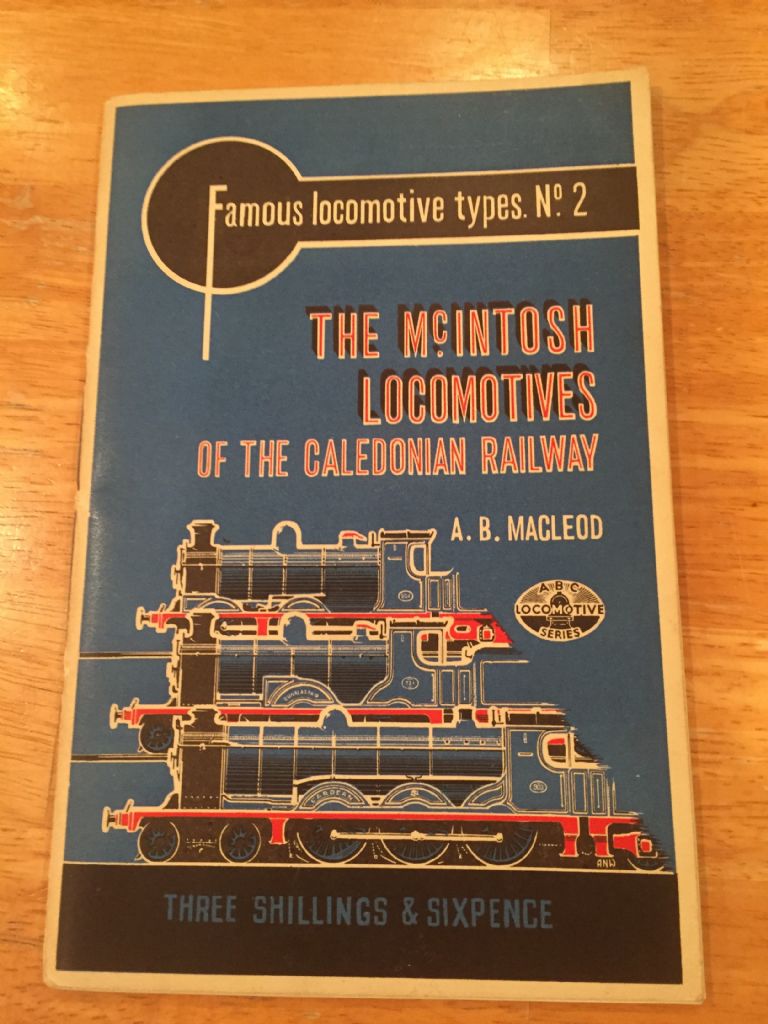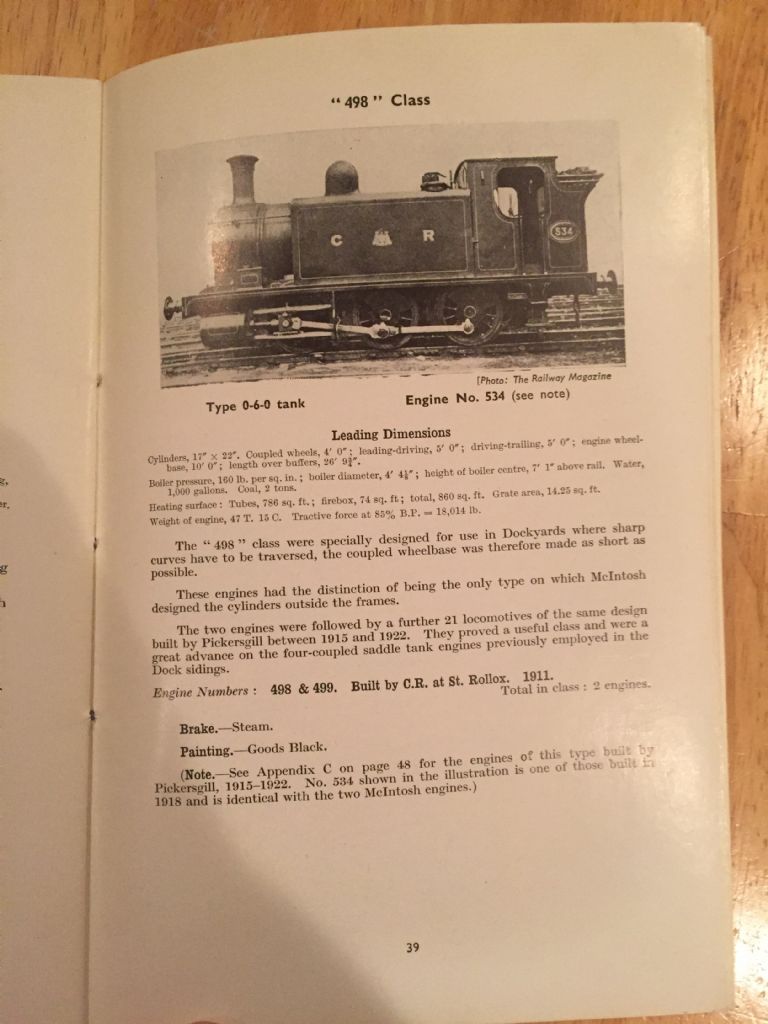Building a Rob Roy
Building a Rob Roy
- This topic has 14 replies, 5 voices, and was last updated 8 April 2017 at 01:27 by
stephen goodbody.
Viewing 15 posts - 1 through 15 (of 15 total)
Viewing 15 posts - 1 through 15 (of 15 total)
- Please log in to reply to this topic. Registering is free and easy using the links on the menu at the top of this page.
Latest Replies
Viewing 25 topics - 1 through 25 (of 25 total)
-
- Topic
- Voices
- Last Post
Viewing 25 topics - 1 through 25 (of 25 total)
Latest Issue
Newsletter Sign-up
Latest Replies
- Bridgeport ways and wear
- Twin Engineering’s heavy mill/drill quill removal
- New member
- Herbert B drill – a question and a curiosity…
- Pragotron Slave Clock
- Starrett and other tool manufacturer wood boxes
- M type top slide conversion??
- Boiler Design – issue 4765
- Colchester Chipmaster Clutch question
- Sanjay’s Banjo Engine


